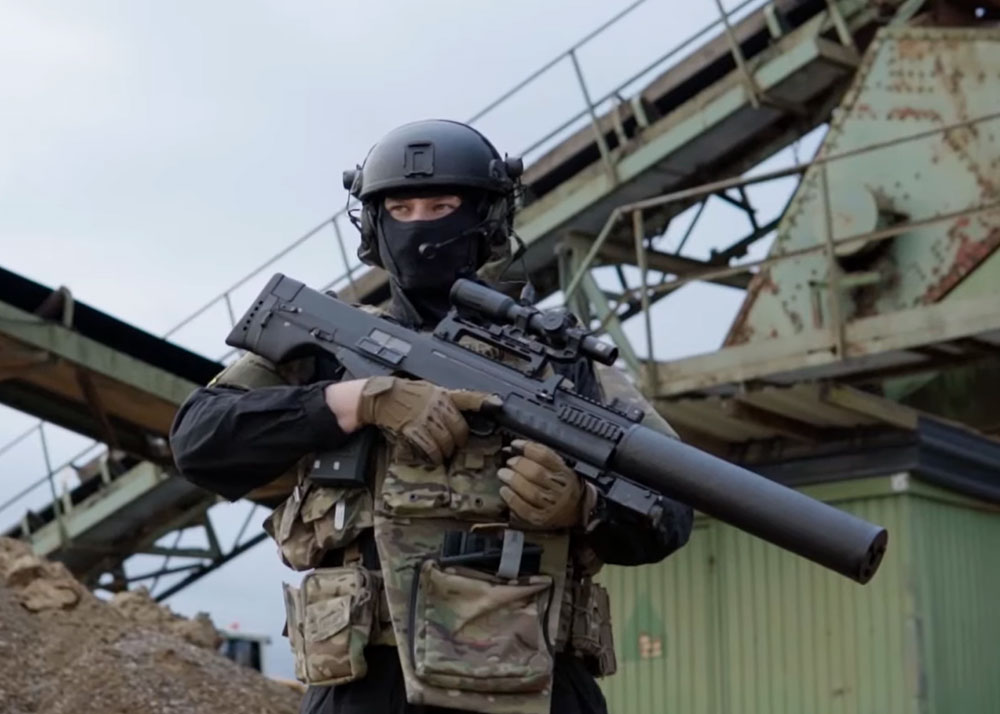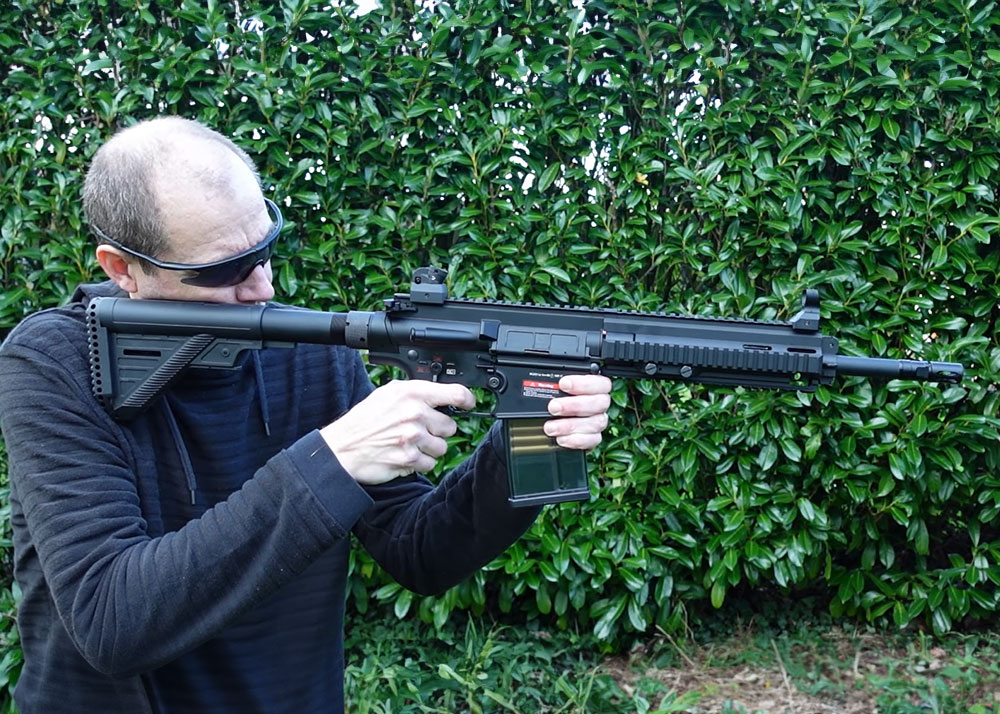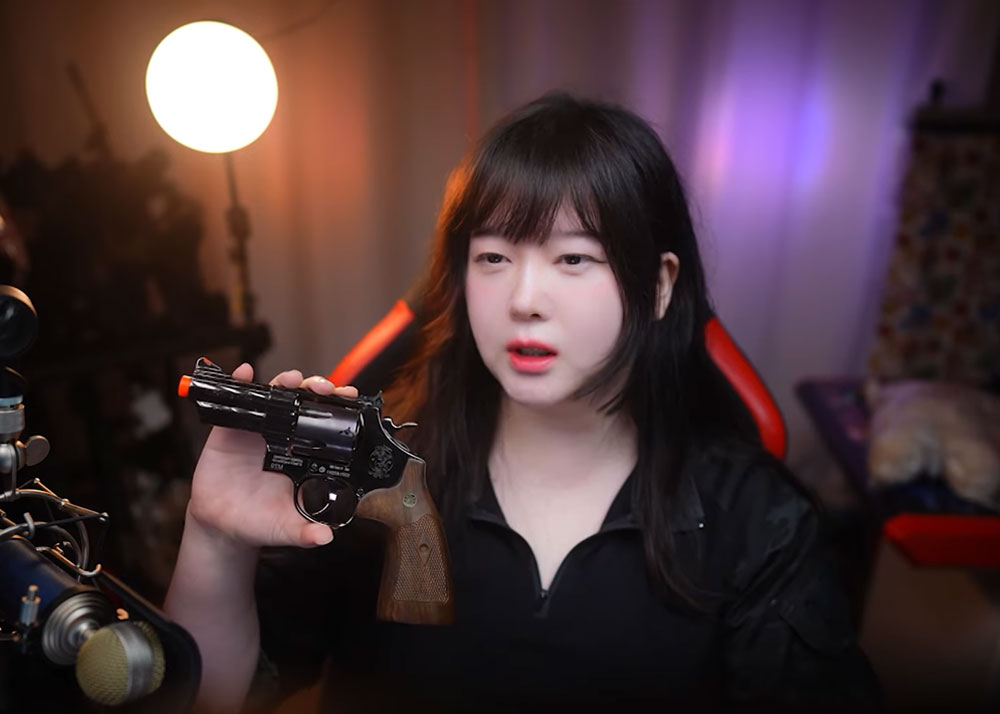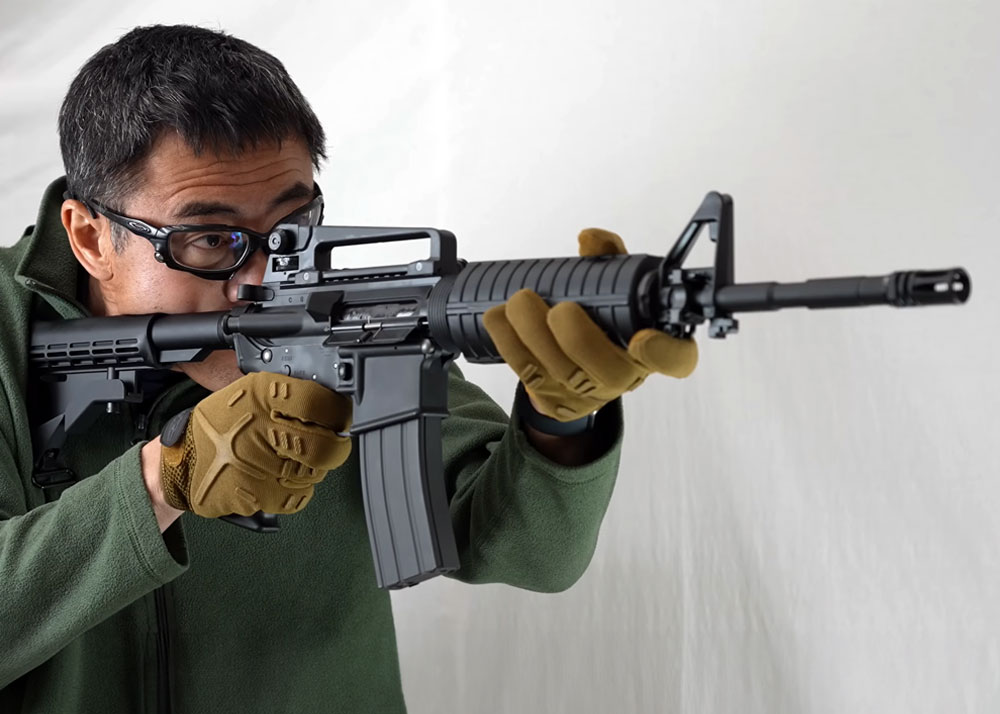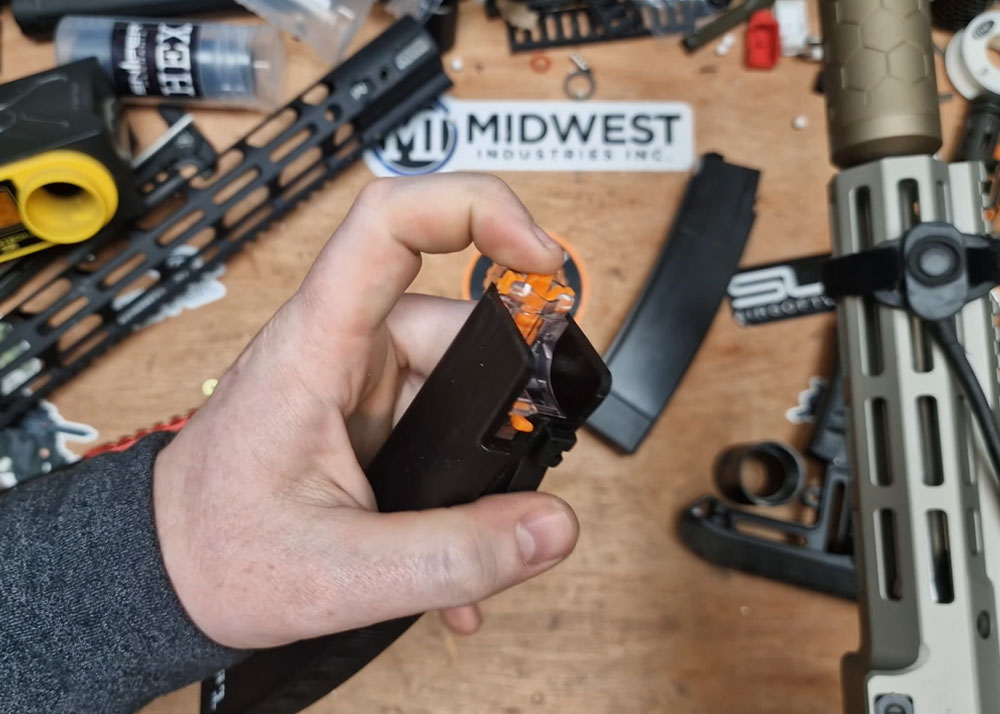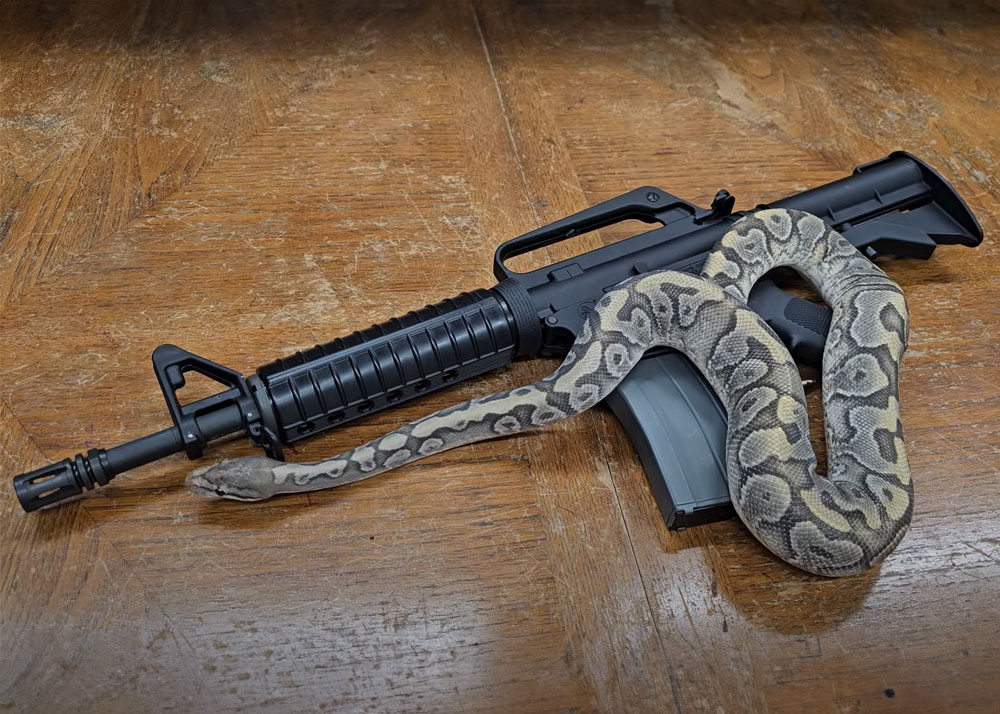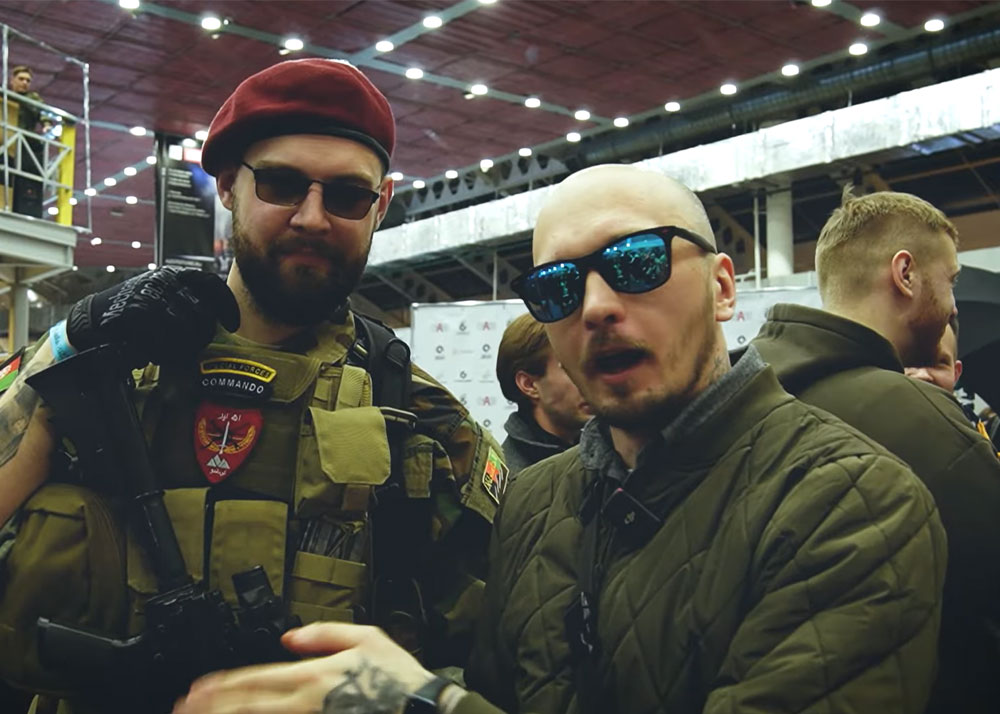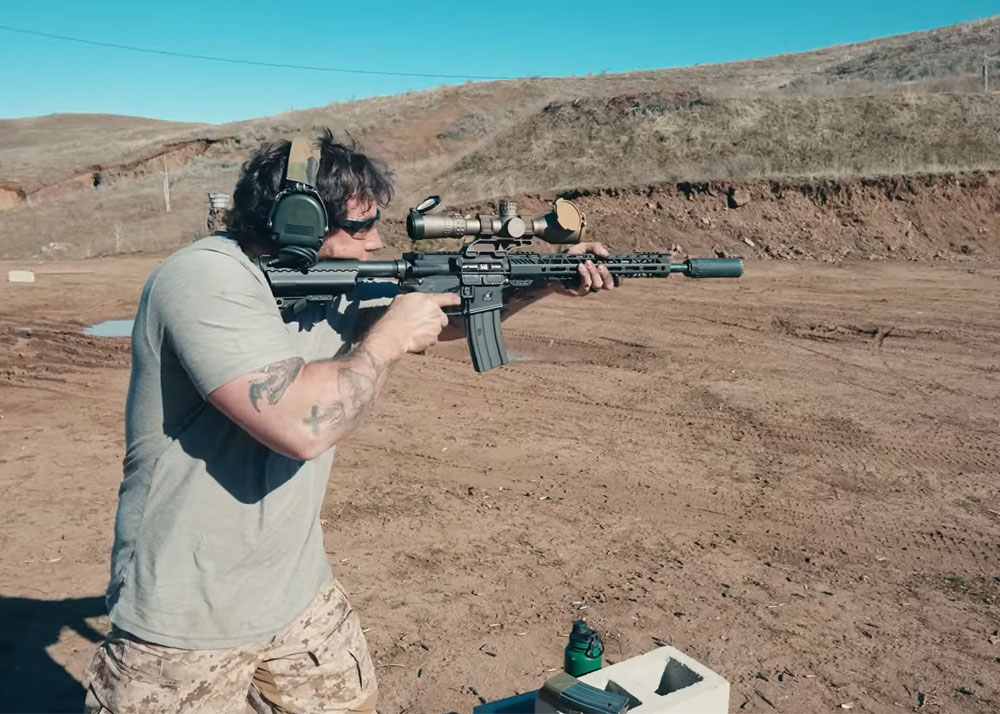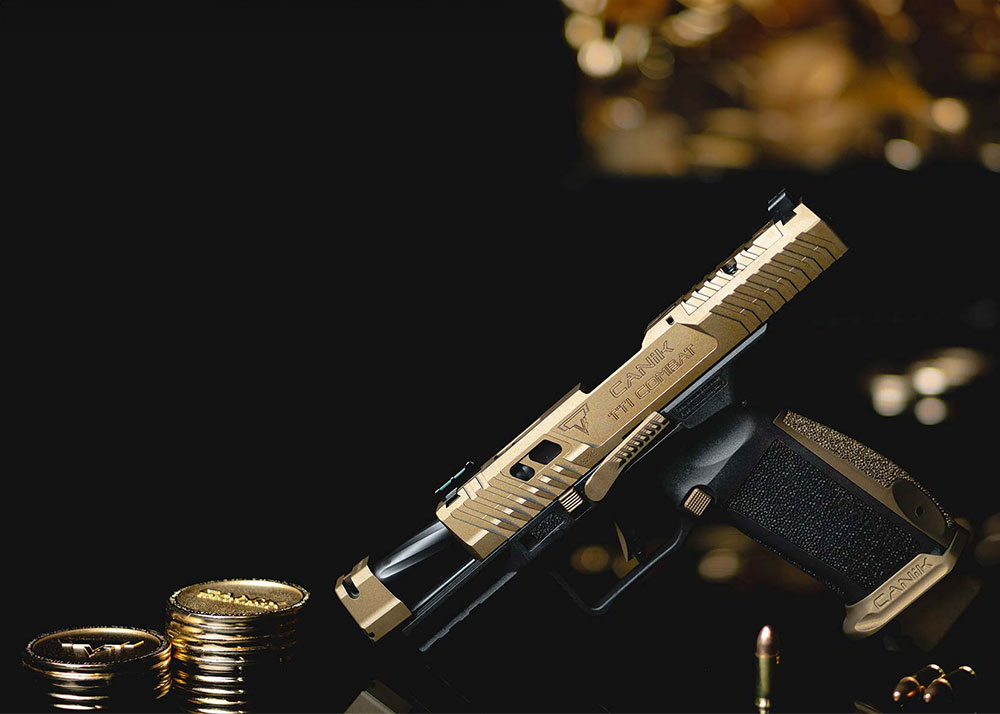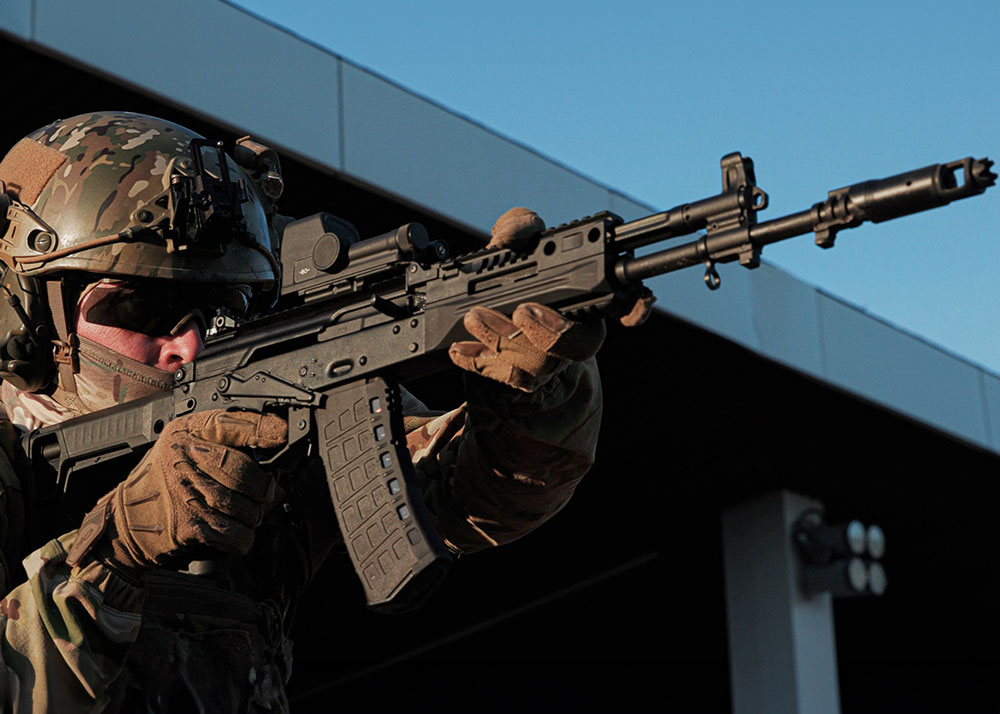3D-Printed Tactical Mask Prototypes Developed By The Navy For U.S. Forces Korea
Gungho Cowboy
26 Jun 2020
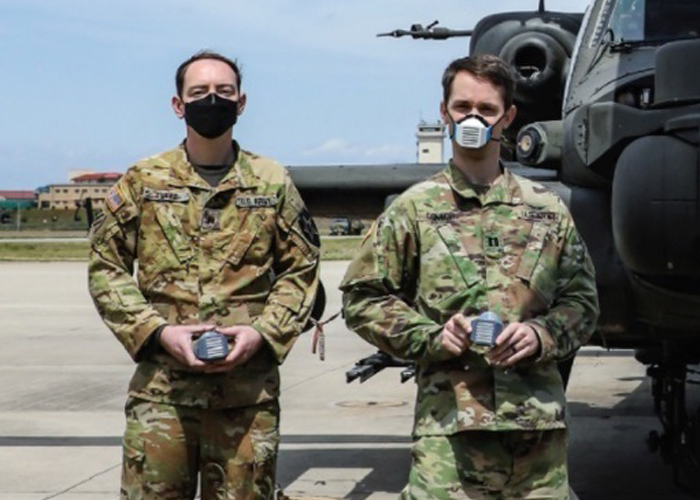
With the Covid-19 Pandemic still on the rampage, countries and organisations are on the race to produce enough masks as much as possible to protect their people. With no end in sight for now, it is always accepted that there will be situations that protective equipment will be in shortage, with most of it being devoted to frontliners who most need them. As such people will have to be creative in getting protection from the coronavirus which is spread through droplets.
Indeed, many have come up with many creative solutions to have PPEs such as face masks --- using old clothes, coffee filters, etc. Those with 3D printers can print out more robusts masks using open source design shared by other 3D printing enthusiasts. Even the U.S. Navy now has developed 3D-printed tactical masks which serve also as barrier to the coronavirus, in this case, for the U.S. Forces based in South Korea.
The Office of Naval Research (ONR) Global TechSolutions collaborated with multiple partners to come up with prototypes of 3D-printable masks for use at Camp Humphreys, a United States Army garrison that is located near Anjeong-ri and Pyeongtaek metropolitan areas in South Korea. Using medical grade plastic, these masks are made to fit with tactical gear in use by the troops in the area.
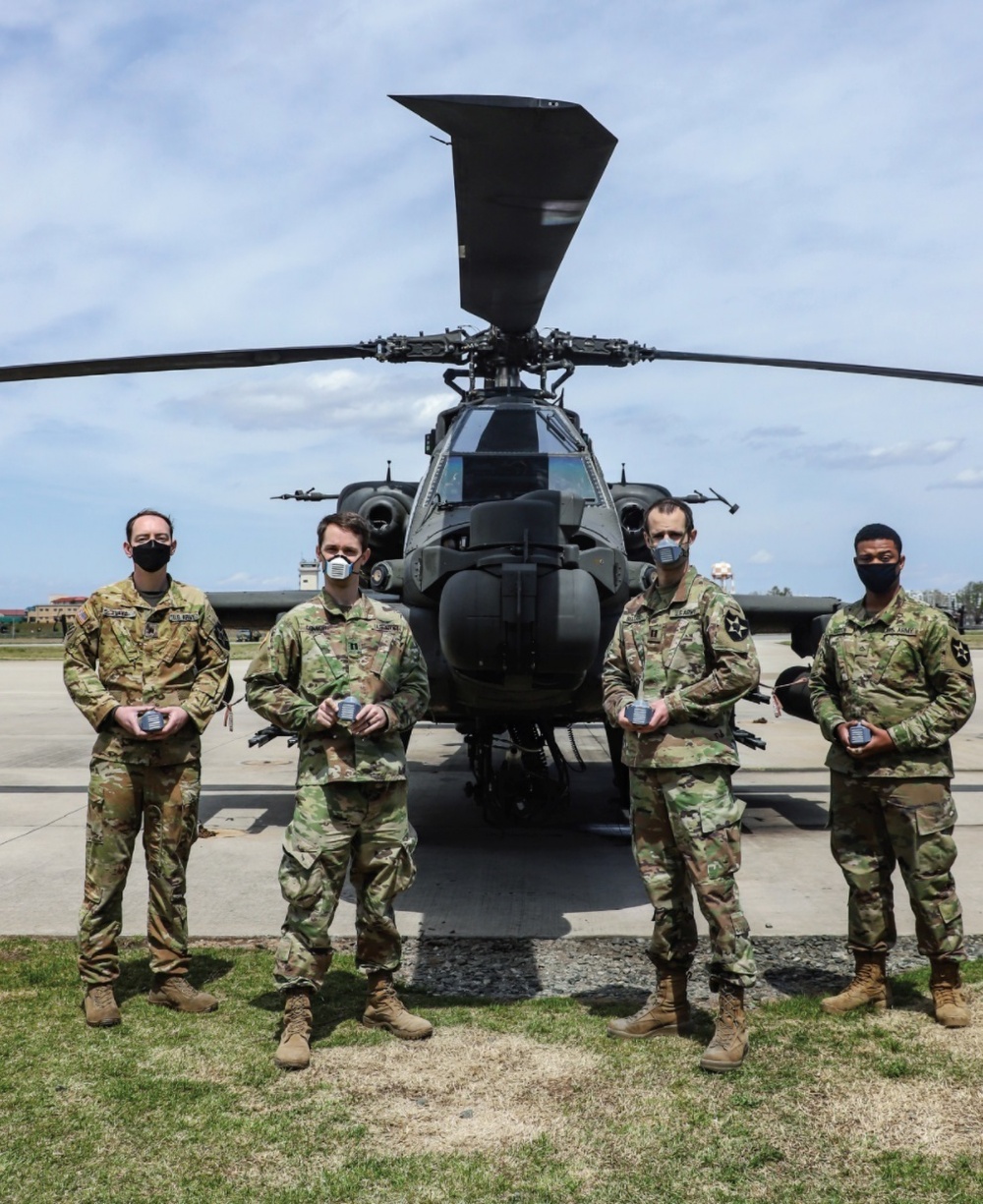
Photo: Soldiers at Camp Humphreys with the 3D-printed masks (U.S Army photo by KCpl. Hanmin Yun. 2ID/RUCD Public Affairs)
In case of shortages or non-deliveries of PPEs required, having the capability to make their face masks helps buy time until supplies arrive or make them more self-reliant by using the materials and 3D printers they have at hand.
More on this with this news release from the U.S. Navy:
Coronavirus Defense: Navy Develops 3D-Printed Tactical Masks for U.S. Forces Korea
By Warren Duffie Jr., Office of Naval Research Public Affairs
6/17/2020ARLINGTON, Va. (NNS) -- The coronavirus pandemic has caused a global shortage of surgical face masks and other personal protective equipment (PPE), including for warfighters stationed at U.S. Forces Korea.
To address this, the Office of Naval Research (ONR) Global TechSolutions is working with multiple partners to develop prototypes of 3D-printable (also called additive manufactured) masks for use at Camp Humphreys in South Korea.The prototypes are designed for warfighters needing masks for use with tactical gear like combat helmets and protective visors—security personnel, for example. Printed from medical-grade plastic, with a replaceable filter, the masks form a tighter seal around the nose and mouth. This forces breathed air through the filter only, instead of through gaps between the fabric and skin, reducing infection risk.
“This shows the power of effective collaboration in meeting an urgent need,” said TechSolutions Director Jason Payne. “It enables us to do whatever we can to slow the spread of coronavirus and keep it contained to the best of our ability—so it doesn’t prevent our warfighters from performing their missions.”
TechSolutions is ONR Global’s rapid-response science and technology program that develops prototype technologies to address problems voiced by Sailors and Marines, within approximately 12 months. The PPE collaboration involves the U.S. Army’s Combat Capabilities Development Command, U.S. Forces Korea and the Naval Undersea Warfare Center (NUWC) Division Keyport.
The project stems from efforts by Mark Buffum, the ONR Global science advisor assigned to U.S. Forces Korea. When the coronavirus pandemic began, South Korea emerged as a hotspot, resulting in PPE shortages throughout that country. Other regions of Asia saw similar shortages, including multiple suppliers to U.S. Forces Korea.
Buffum researched creative ways in which command personnel responded to PPE shortages. He coordinated with the Army’s Combat Capabilities Development Command to leverage a donation of bulk filter material from a Pennsylvania-based manufacturing supplier—as well as a mask design from an Army officer stationed at U.S. Forces Korea—to 3D-print masks. Unfortunately, the “hobby-grade” machine available at Camp Humphreys could only produce seven masks daily.
Seeking to expand this capability, Buffum contacted TechSolutions and partnered with Payne’s team and NUWC Keyport—which has industrial-grade 3D printers able to manufacture hundreds of masks a day.
TechSolutions agreed to sponsor a project consisting of multiple products:
—Several 3D-printed prototypes for evaluation
—500 3D-printed masks comprising all prototype styles
—Resin molds of the prototypes. Creating masks from resin, instead of medical-grade plastic, enables hobby-grade 3D printers to produce 10 times as many masks each day.
—Technical data packages with instructions for 3D-printing or resin pouring, as well as maintaining mask designsU.S. Forces Korea and the Army’s Combat Capabilities Development Command are evaluating the prototype masks. Once they decide on a design, they’ll work with NUWC Keyport to 3D-print large quantities of masks.
“This is a good test of how we can respond to the needs of the fleet in an emergency,” said Ross Wilhelm, principal technologist for NUWC Keyport’s Maintenance, Engineering and Industrial Operations Department. “How many masks can we produce and how fast? We hope this serves as a model for Department of Defense commands worldwide.”
In addition to tactical applications, Buffum hopes to see versions of the masks made for medical personnel and first responders to use during the coronavirus pandemic as well as future health crises.
“These masks can play a key role in strengthening our medical infrastructure of preparedness,” he said. “That way, people won’t be scrambling for supplies at the beginning of another pandemic.”

